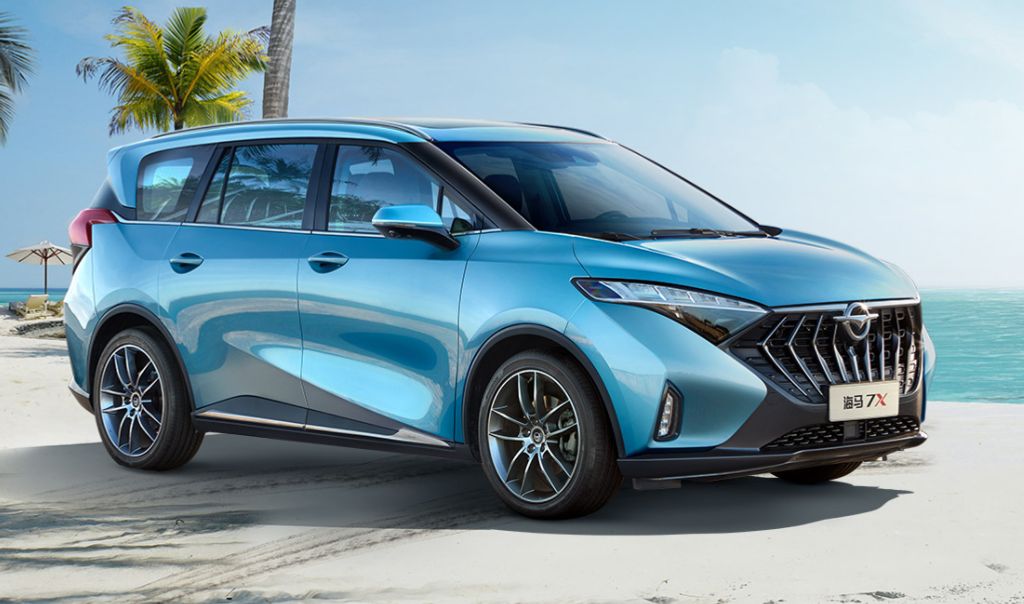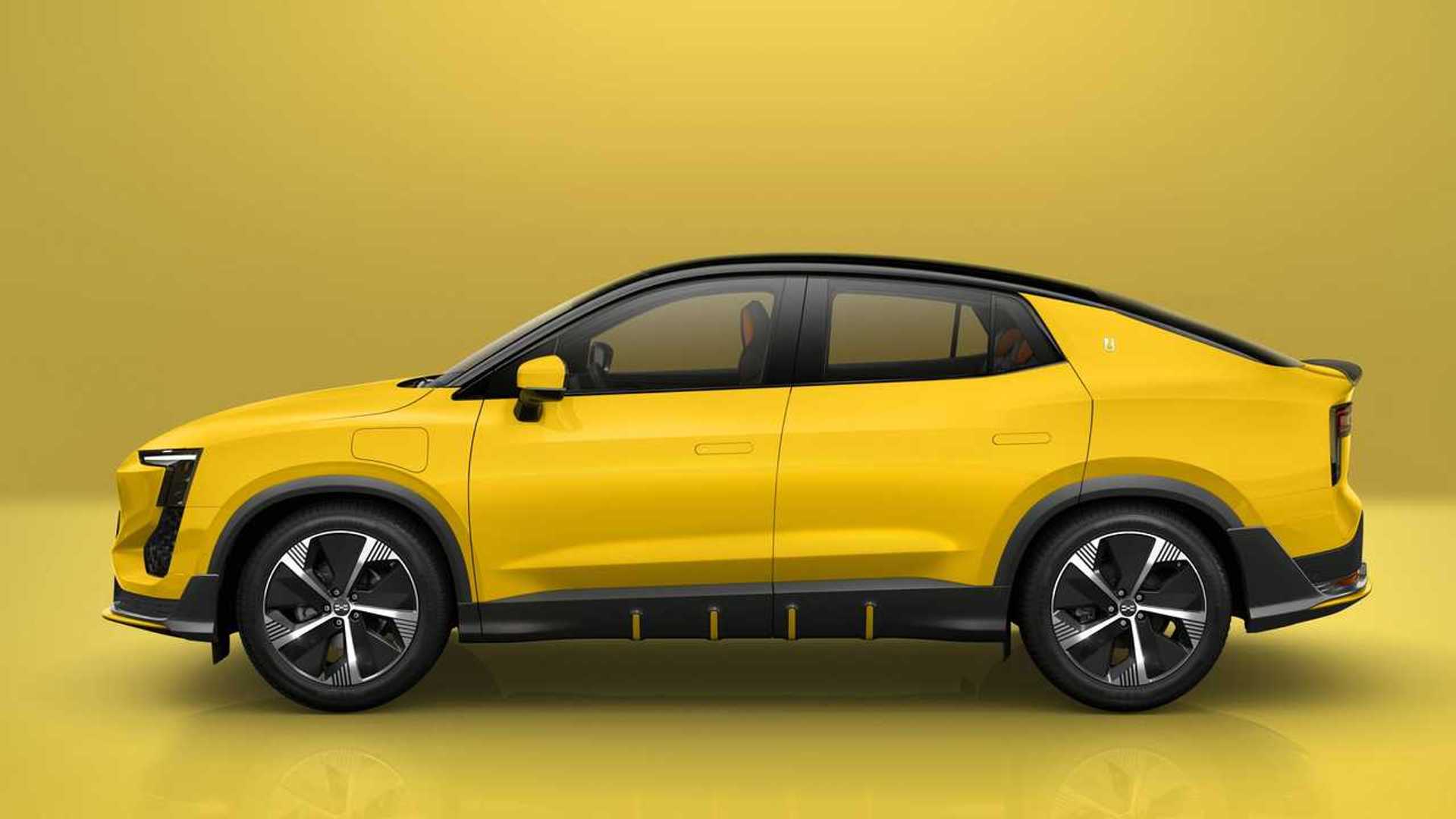When the electric car revolution began, hundreds (if not thousands) of start-ups launched into the sector, hoping to ride the great wave of ecological transition.
Unfortunately, after the initial enthusiasm, many of these realities encountered insurmountable difficulties and closed their doors. It is estimated that in China alone, 500 manufacturers have emerged in a few years and that at present, there are only around a hundred remaining.
But if you are a Chinese automobile brand dedicated to electric cars and you have not yet taken your accounts to court, there is a good chance that you have avoided closure once and for all. This is what asserts Bloomberg, which specifies that the Chinese government has made zero-emission mobility a strategic growth sector and a new production force by granting aid to all. Let's take a few examples.
Aiways 2.0
The first automaker to receive government aid. His name is Aiways and also tried to sell in Europe. It presented the U5 and U6 models but, due to insufficient sales, it stopped production and even stopped paying salaries to its employees from mid-2023.
The Aiways U5, electric SUV
However, it may soon restart the lines and try a new strategy, all focused on exporting cars. All, of course, with the support of the local government. The objective is to respect what was established in 2021, the year of its debut in the West: to establish itself as an alternative to already known brands like Kia and Hyundai.
The state takes care of it
The future could also be bright for Zhidou Electric Vehicles, a company that produces micro-electric cars and which went bankrupt several years ago, in 2019. Thanks to the new impetus given by the Chinese government, Zhidou Electric Vehicles is implementing a vast restructuring plan in which Geely is also participating . After years of shutdown, it has resumed production and is preparing to launch a completely new product on the market.
Then there is the case of Haima Automotive, a company in perpetual loss due to poor commercial results which, since the beginning of the year, has transferred its management to a company supported by the government of the province where it is based. Local authorities who took matters into their own hands have financed an ambitious recovery plan which should bring production to 1.4 million vehicles per year.

The Haima H1, electric minivan sold in China and certain Asian markets
The situation in the rest of the world
Apart from China, other markets are not experiencing an easy situation. Indeed, demand for electric cars is increasing, but more and more slowly, and this slowdown is prompting many manufacturers to review their plans. The cases of Renault and Volkswagen are, in this regard, the most striking.
When it comes to start-ups, the fates are uncertain. On the one hand, we are witnessing the expansion of Rivian, which must however move from words to action. On the other, to cite the most recent case, the difficulties of Fisker, who is literally running out of money.

